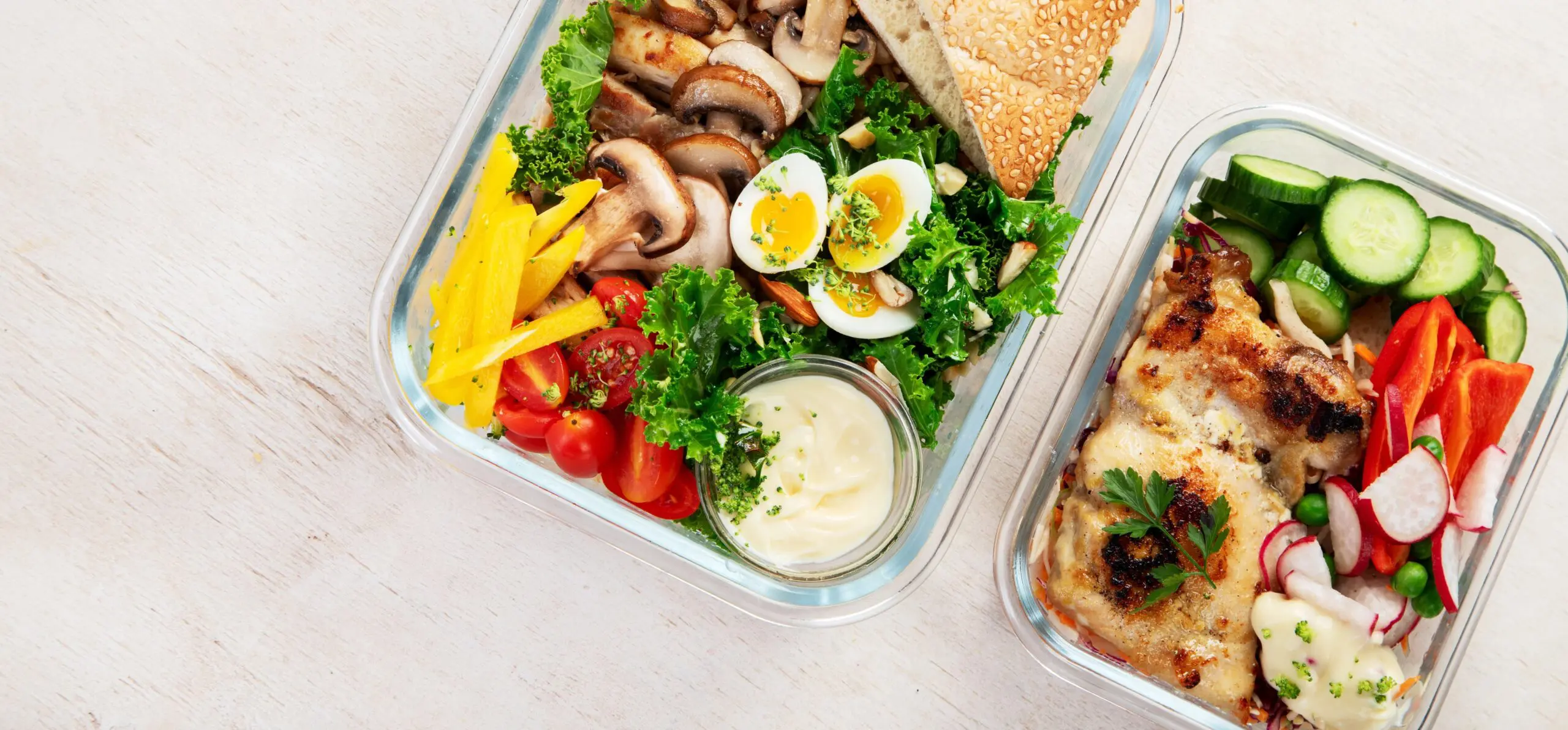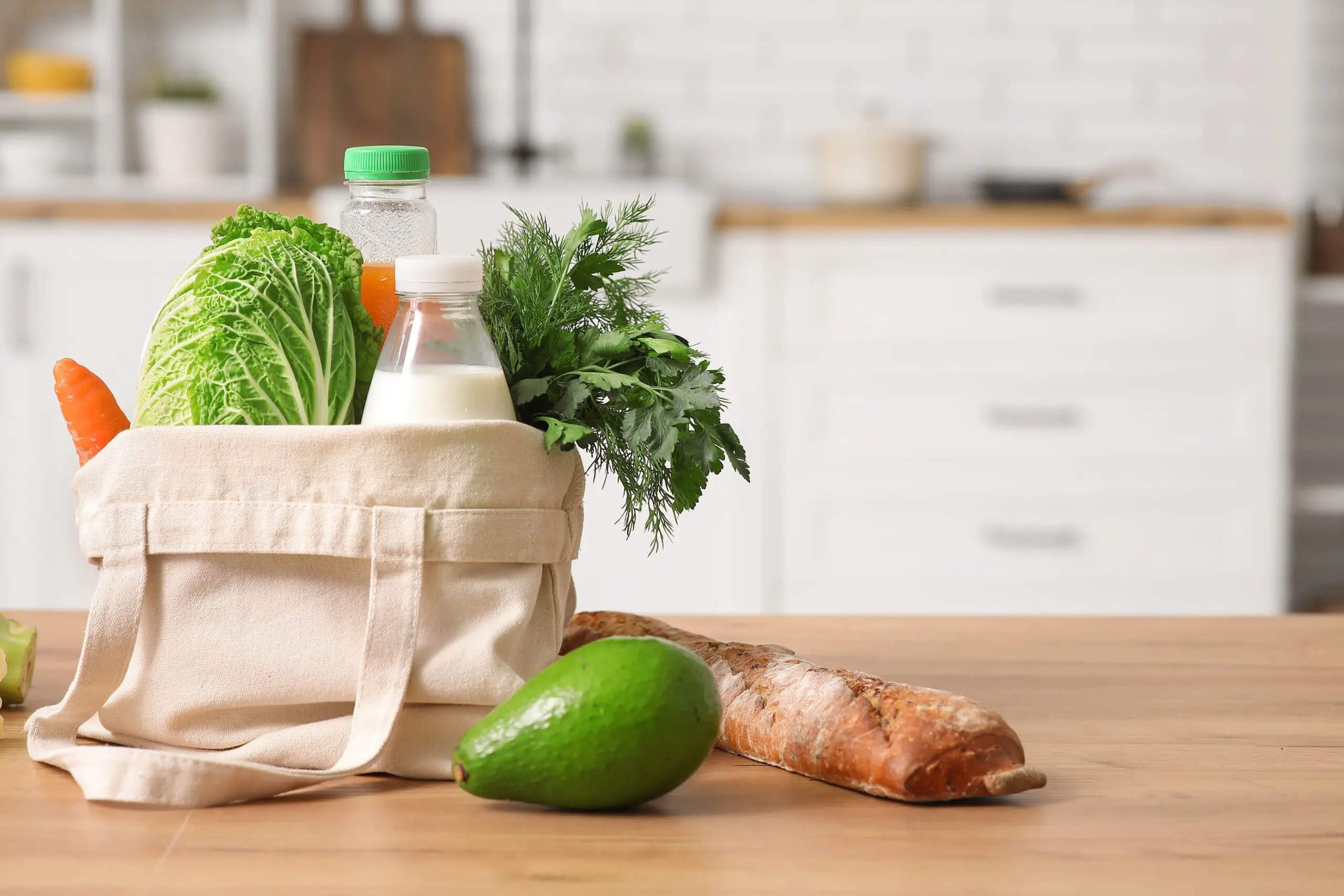TL;DR: A few smart moves in meal planning for recovery can steady mood, reduce cravings, and protect energy. Below: what to eat, what to buy, a 5-minute plan, and how to keep it going—at home or in treatment.
Good nutrition doesn’t have to be complicated. A few habits in meal planning for recovery can help stabilize energy, support sleep, and reduce vulnerability to cravings. At Vanity Wellness Center, we show clients how to keep food simple, affordable, and consistent—across both Residential Treatment and Outpatient Addiction Treatment.
Meal Planning for Recovery: Why It Matters
Early recovery is a time of change: appetite swings, sleep shifts, and stress. Balanced meals help regulate blood sugar and mood so coping skills are easier to use. Think of food as a foundation: not perfect, just predictable.
What to Eat: Simple, Balanced Templates
Use this plate template to keep choices easy:
- Protein (¼ plate): eggs, Greek yogurt, chicken, tofu, canned tuna/salmon, beans/lentils.
- Fiber & color (½ plate): leafy greens, berries, tomatoes, peppers, carrots, broccoli.
- Smart carbs (¼ plate): oats, brown rice, quinoa, potatoes, whole-grain tortillas.
- Healthy fats (thumb-size): olive oil, nuts, seeds, avocado, tahini.
Breakfast starter: Greek yogurt + berries + oats + nuts. Lunch/dinner: bowl with rice/quinoa, protein, roasted veggies, and a drizzle of olive oil or tahini.
A No-Stress Grocery List & Swaps
Stock a few “always there” items so recovery meals are on autopilot:
- Proteins: rotisserie chicken, frozen salmon, eggs, tofu, canned beans.
- Veg & fruit: salad mixes, baby carrots, frozen mixed veggies, apples/bananas/berries.
- Carbs: microwavable brown rice, oats, whole-grain bread/tortillas, potatoes.
- Extras: olive oil, hummus, salsa, nuts/seeds, low-sugar yogurt.
Swaps when busy: frozen vegetable medleys for fresh; pre-cooked grains; canned fish for pricey fresh fillets. Convenience can still be nutritious.
Create a 5-Minute Plan You’ll Actually Use

Each night, spend five minutes planning tomorrow’s food:
- Pick your breakfast: protein + fiber (e.g., eggs + toast + fruit).
- Prep a lunch bowl: rice/quinoa + protein + veg—box it now.
- Set a snack: yogurt + nuts or apple + peanut butter.
- Choose dinner: sheet-pan protein + veg; or a skillet stir-fry.
- Hydration cue: fill a bottle; aim to sip at each meeting/transition.
That’s it—no spreadsheets needed. Consistent small plans beat complicated ones.
How to Keep It Going (Even on Hard Days)
- Default meals: keep 2–3 go-to breakfasts and 2–3 dinners you can make half-asleep.
- Batch once: roast a tray of veggies and cook a pot of grains on Sunday.
- Pair habits: plan food right after brushing teeth at night; pack lunch while coffee brews.
- Emergency kit: nuts, jerky/tofu, fruit, and microwave rice for nights you’re wiped.
If life feels chaotic, more structure can help. Our team can adjust your schedule, meals, and supports within Residential Treatment or step down to Outpatient when you’re ready.
Need Support with Food & Recovery?
We’ll help you build a food routine that works with your recovery plan, budget, and culture. Have coverage questions? Start with Insurance Verification or Contact Us to talk with our team.
Bottom Line
Meal planning for recovery isn’t fancy—it’s predictable. Build simple plates, stock easy staples, and spend five minutes planning tomorrow. Over time, better energy and steadier moods make the rest of recovery easier.
Start with a Simple Plan Today
Want help personalizing your nutrition plan? Explore Residential Treatment, consider Outpatient, or schedule a conversation now.


